New tariff policy – have we liberalised enough?
Analysis of revised tariff structure shows no significant change in some cases, which raises questions over govt claim

The new National Tariff Policy (2025-30), as revealed by the Finance Act 2025, budget speech and FBR notifications, aims to enhance the competitiveness of the manufacturing sector, including exports, by providing cheaper access to imported raw materials and intermediate goods through a rationalised tariff structure. This policy is designed to increase employment opportunities, improve consumer welfare, and remove anomalies in the tariff structure that cause distortions between sectors and within value chains.
The new tariff policy will lead to the reduction of average effective customs tariff from 20.19% to 9.70% over five years. This reduction will be achieved by readjusting the customs duty (CD) slabs to four levels: 0%, 5%, 10%, and 15%, down from the existing five slabs. The maximum CD rate will be reduced to 15% within five years, and regulatory duties (RDs) and additional customs duties (ACDs) will be eliminated within five and four years, respectively.
The policy outlines specific targets for tariff rationalisation. For instance, the base year for these changes is 2024-25, excluding Chapter 27 of the First Schedule to the Customs Act, 1968. The existing five CD slabs will be transformed into four slabs over five years, with annual targets for reducing CD rates. The elimination of ACDs will follow a similar timeline, with a gradual reduction in ACD rates for products subject to the auto sector policy (AIDEP 2021-26) starting from July 1, 2026. The RD slabs will be completely eliminated within five years.
Our team has analysed the revised tariff structure thoroughly, and while we will publish these results in a report shortly, some of the findings raise questions over the credibility of claims made by the government.
There is a group of 292 Pakistan Customs Tariff (PCT) codes, which include food and agriculture, chemicals, textiles and machinery, where CD has been slashed from 16% to 15% and ACD from 4% to 2%. This may be considered a 50% reduction in ACD, however, the effective change will not be huge on these items because of the overall tariff structure.
Another group of products including food and agriculture, chemicals, textiles and machinery, comprising 2,225 HS codes, with higher level of CD at 20%, saw no change, though ACD has been reduced from 6% to 4%.
There are 468 items under the highly protected category attracting 30% to 100% CD, including food and agriculture, chemicals, electrical equipment, machinery, iron and steel, base materials, rubber, glass and glassware, and vehicles, which saw no change in CD and a marginal reduction in ACD from 7% to 6%. This suggests that the impact on the level of import will be insignificant.
There is apparently more significant reduction in RD, which is applied to around 2,000 HS codes. In the group including chemicals, wood and articles, textiles and clothing, machinery and equipment, the new tariff policy announced a reduction in RD from 5% to 2.5%. The changes in RD will take effect in four to five years.
Highly protected sectors like agriculture, chemicals, and mineral products witnessed a 50% reduction in RD (from 10% to 5%), with plastics seeing a drop from 15% to 7.5%, suggesting broader relief in many intermediate and essential goods.
Auto sector, with all its parts, continues to be protected with higher slabs of 35% to 100%, until the current auto policy expires in 2026.
On a positive note, the Fifth Schedule, which includes exemptions, will be changed. A total of 479 tariff entries with the same or lower CD rates in the First Schedule will be deleted from the Fifth Schedule. These entries fall under Part-I (Machinery), Part-III (Poultry & other goods), and Part-VII (miscellaneous goods). Part-VII (miscellaneous goods) will be omitted, and two entries from Part-VII will be shifted to Part-III (Poultry & other goods). There should not be any exemptions in CD. Where needed, 0% slab can be used.
In conclusion, the National Tariff Policy (2025-30) aims to create a more transparent, predictable, and competitive tariff regime. This is possibly the most important tool for improving Pakistan's economic growth prospects in the short to medium term, while long-term structural changes in the economy will take more time.
Overall direction is correct. The debate, however, is on the strategy and whether we are doing sufficient liberalisation? My short answer is in negative. The government has followed a gradual, incremental, and phase-wise approach, fearing backlash from powerful industrial groups as well as revenue loss.
There is very little resistance or reaction shown by these powerful groups. This may signal that they have already calibrated their business projections accordingly without any major changes – for now. It is possible that policymakers may have also weighed in the global trade policy environment, where Trump tariffs – and associated negotiations – are driving major changes, thus diluting significant changes in the domestic trade policy.
The writer is the founder and executive director of Policy Research Institute of Market Economy

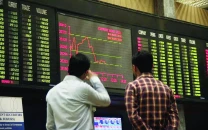

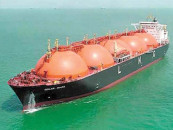
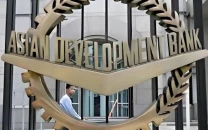

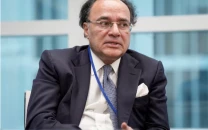



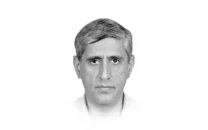
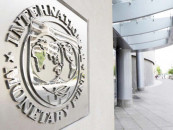
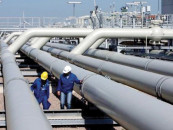





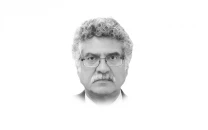

COMMENTS
Comments are moderated and generally will be posted if they are on-topic and not abusive.
For more information, please see our Comments FAQ